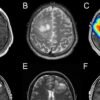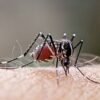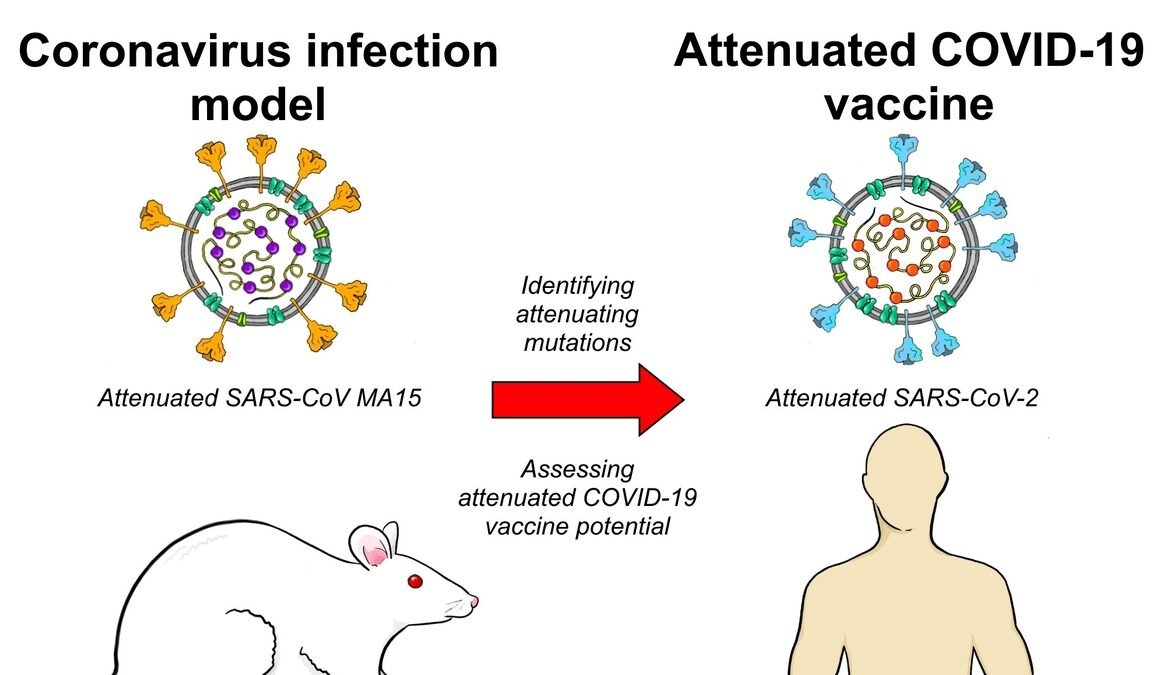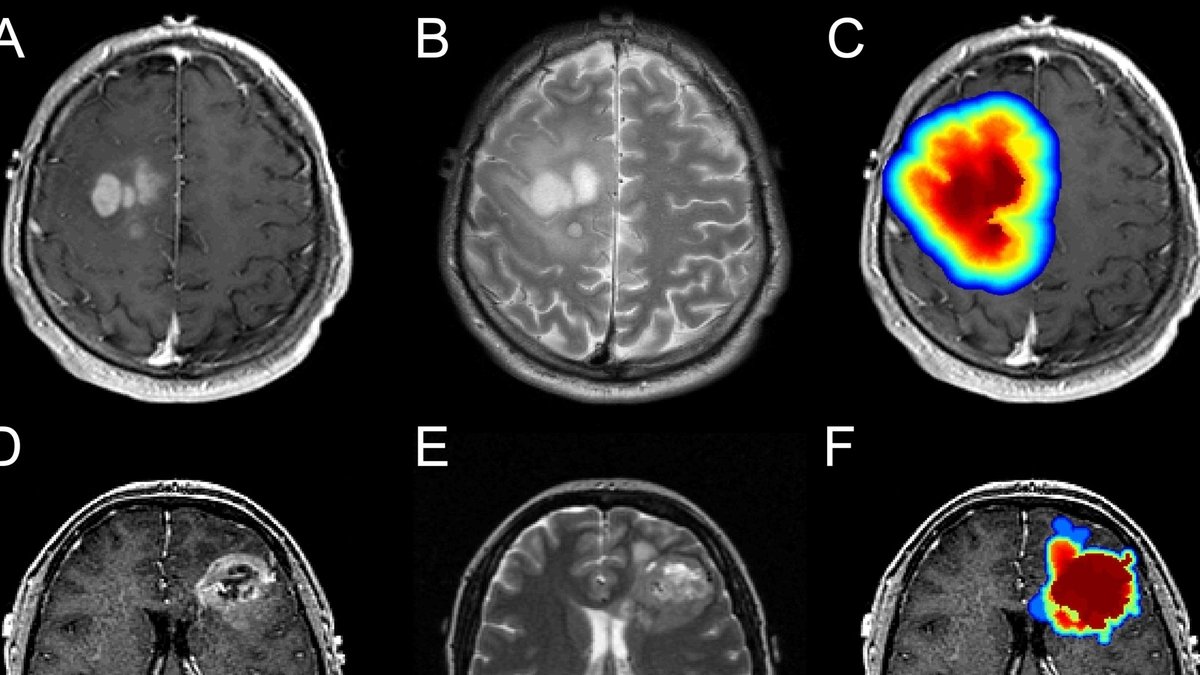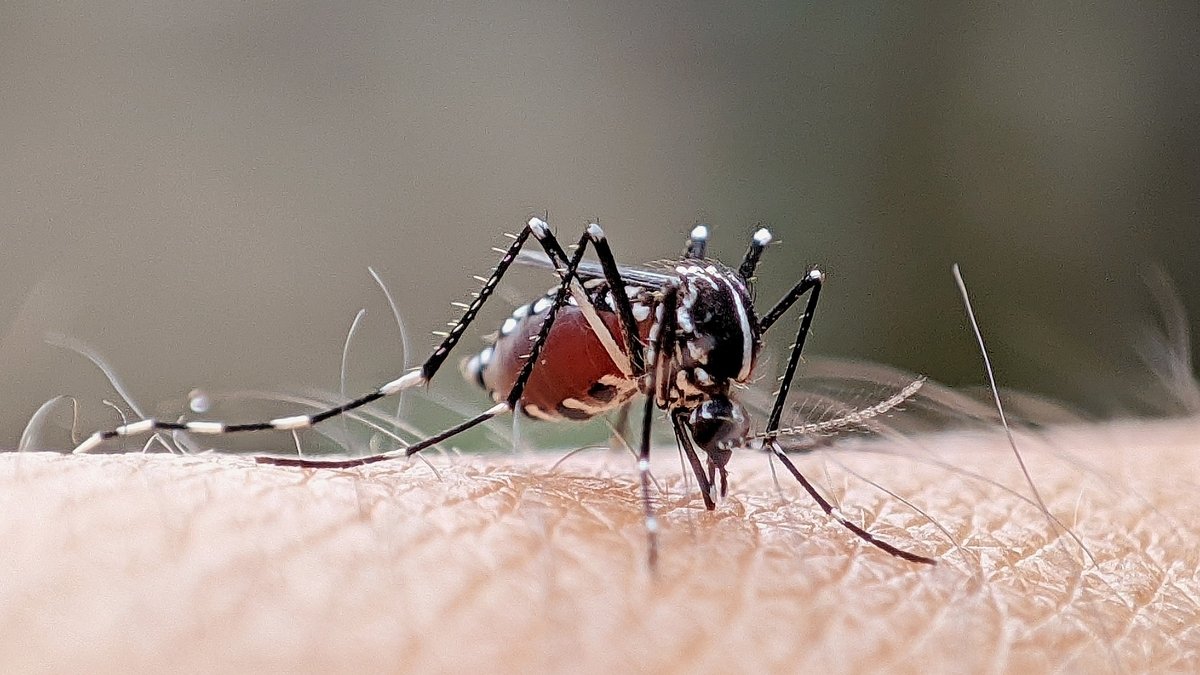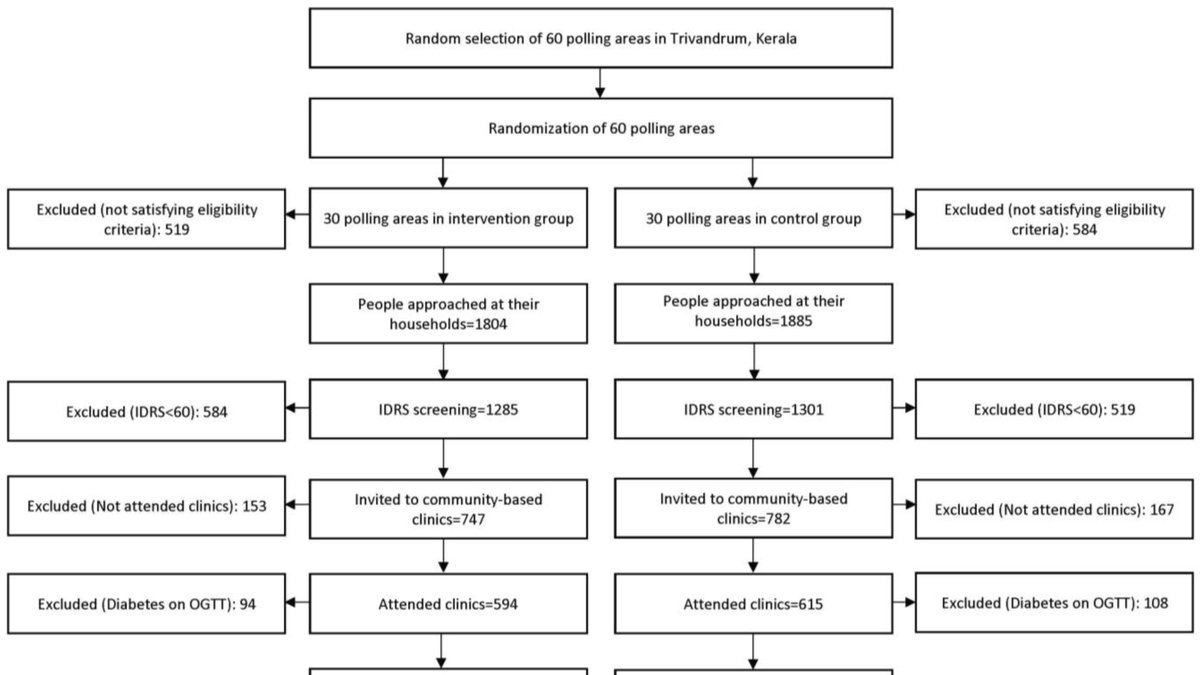In a significant discovery, research on Syrian hamsters has revealed new insights into the Omicron BA.1 variant of SARS-CoV-2, shedding light on its pathogenicity and transmission. This variant demonstrates reduced viral replication and lung pathology in the lower respiratory tract when introduced through the nose, indicating a weakened phenotype compared to the Alpha and Delta variants. However, when Omicron BA.1 is directly administered into the lower respiratory tract, an interesting twist emerges.
Overcoming Weakened Effect
Administering Omicron BA.1 directly into the lower respiratory tract bypasses the weakened effect observed with nasal inoculation. This method leads to significantly higher viral loads and increased lung pathology, resembling the impact of other variants. The research highlights that the route of virus administration plays a significant role in the progression and transmission of the disease.
Transmission Dynamics
The study provides a nuanced understanding of transmission. Nasal introduction results in viral shedding comparable to other variants and facilitates both contact and airborne transmission. In contrast, despite the high viral loads in the lungs, the direct administration into the lower respiratory tract did not cause significant weight loss in hamsters and did not promote airborne transmission.
Implications and Future Research
These findings suggest the importance of upper respiratory tract replication in airborne transmission, although it is not necessary for contact transmission. The research reiterates the significance of the Syrian hamster model in the pre-clinical development of countermeasures against SARS-CoV-2, emphasizing the role of the virus administration route in disease progression and transmission. News come from source of Reader Wall.

